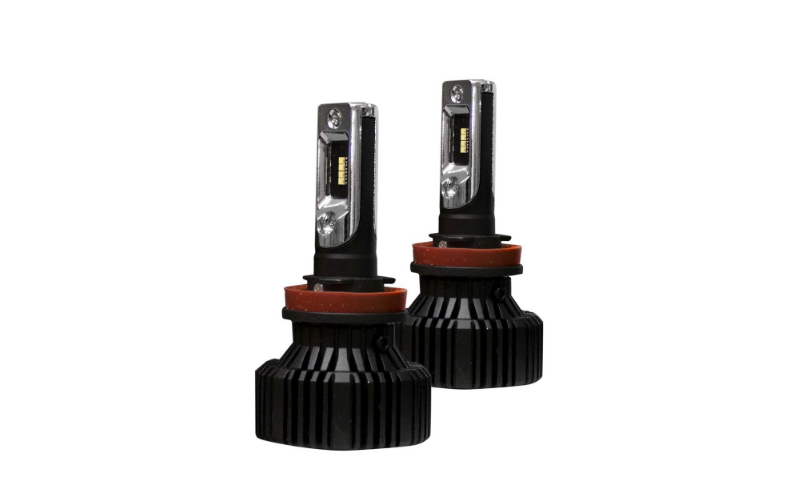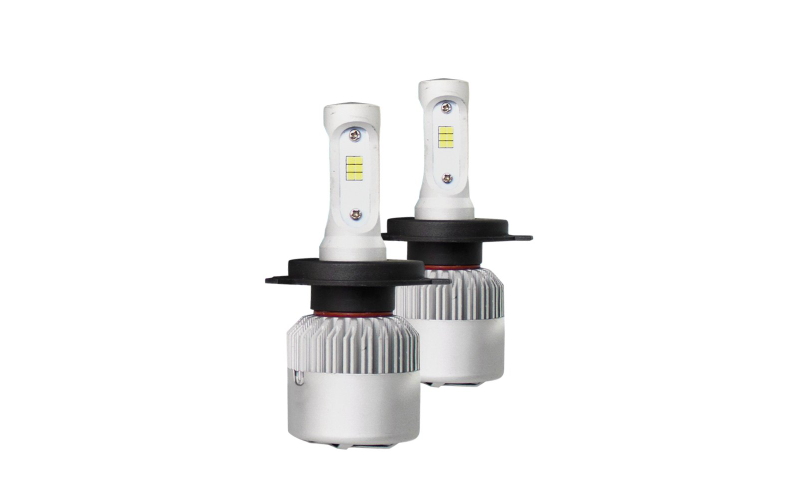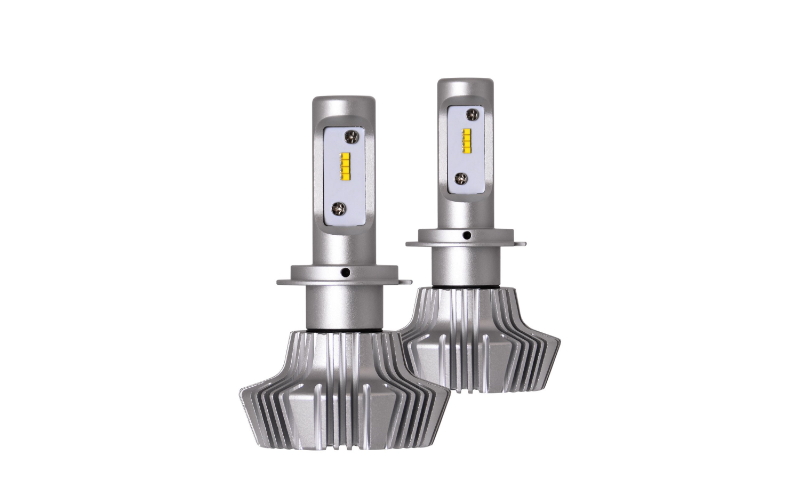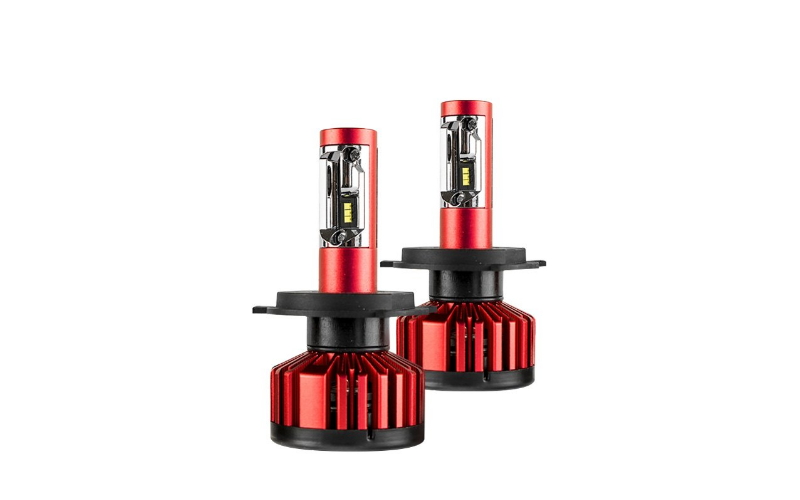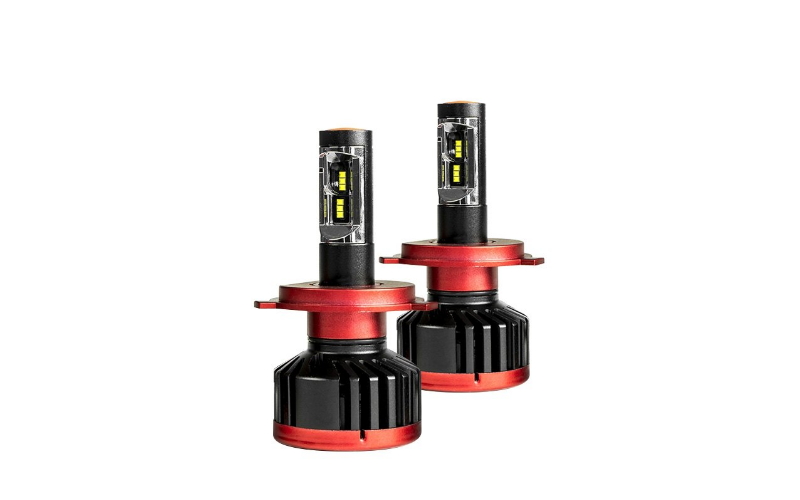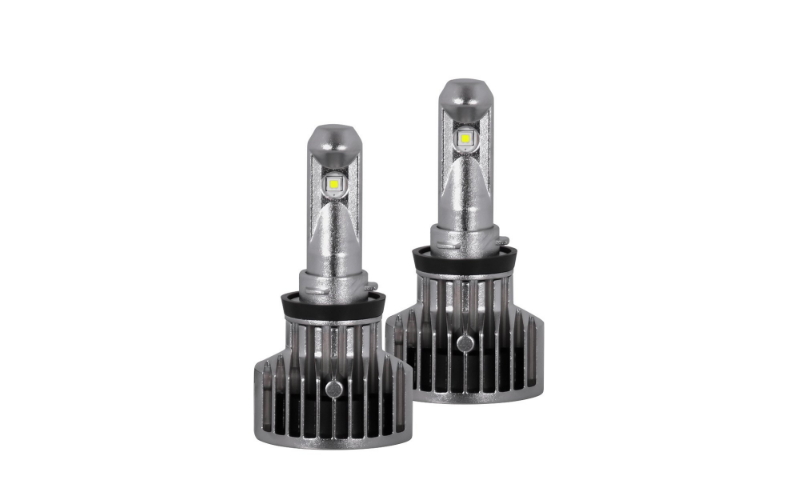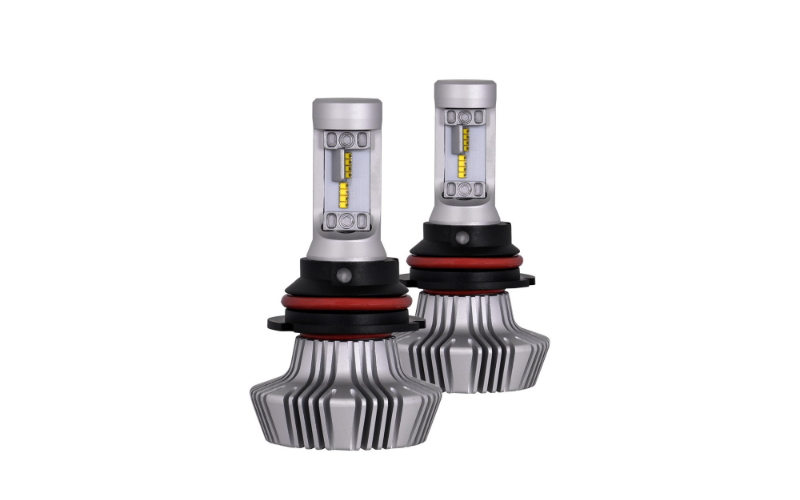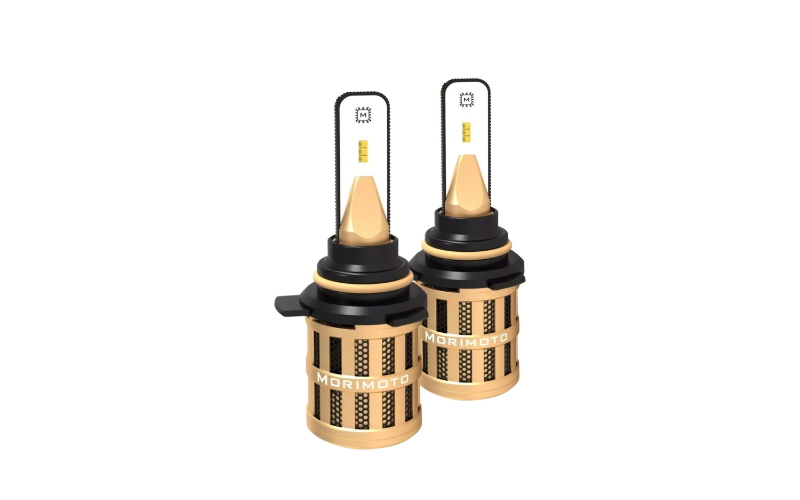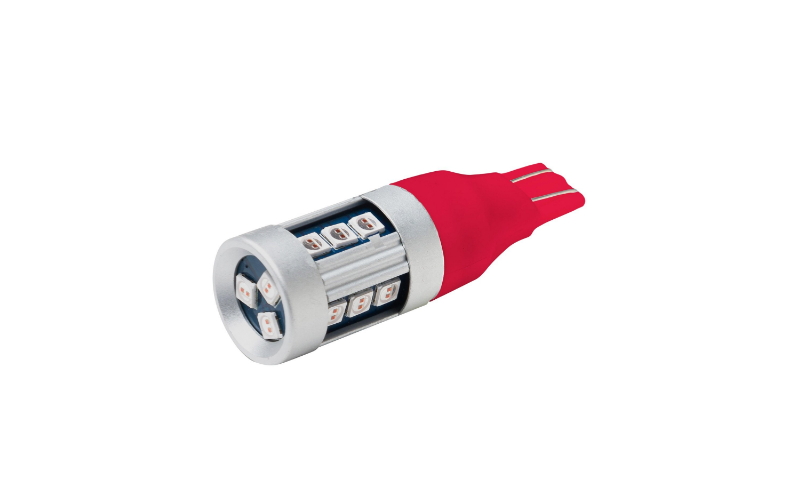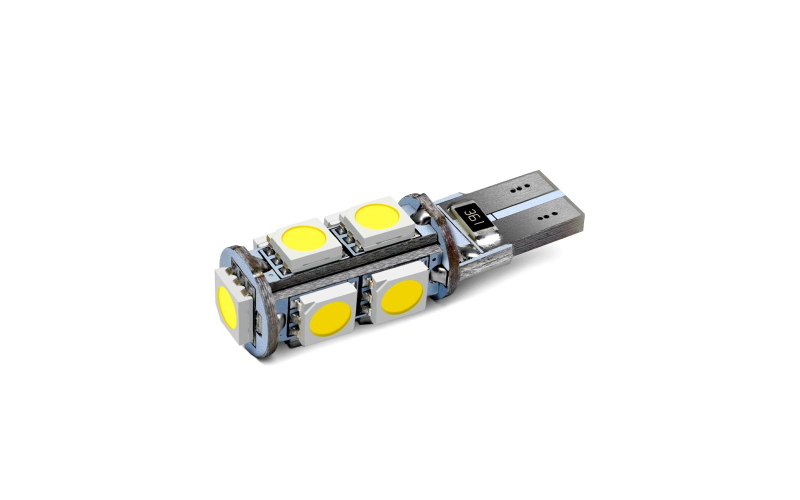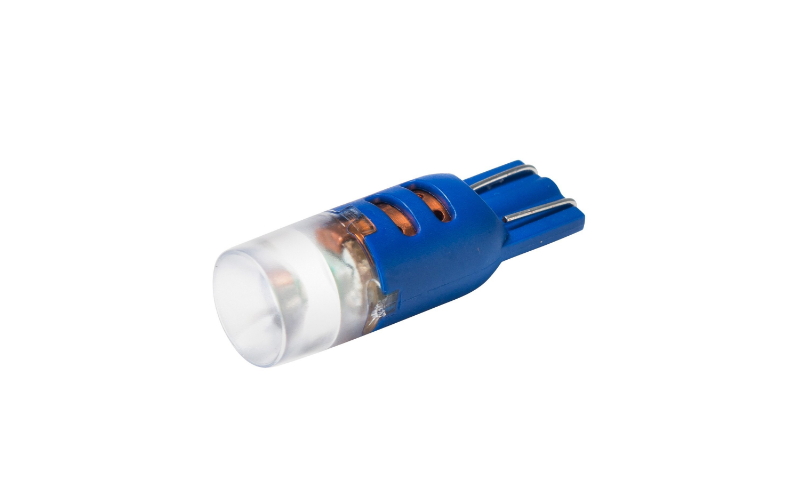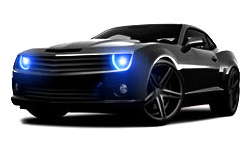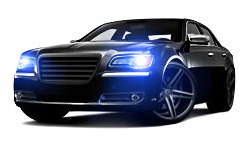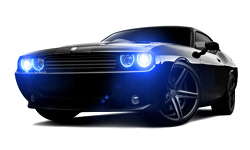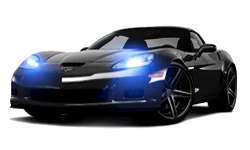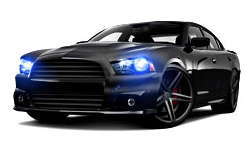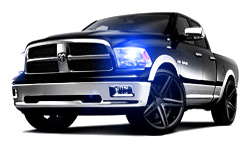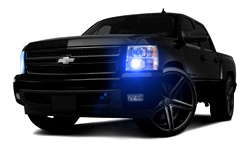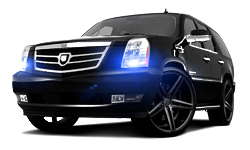How to Choose Car Bulbs
Seems like there is nothing simpler, than car bulbs. They work whenever you turn them on, and once one is out you replace it with a new one. But quality lighting is something that guarantees your safety on the road, especially when it’s dark. Besides, some modern cars and trucks feature so sophisticated construction, that you may have to disassemble the whole front end to replace a bulb once it’s gone. So if you don’t want to deal with this process too often, you should pick the bulbs, that will last.

Products are available — click below to view them!
SEE DETAILS ON EBAYHeadlight bulbs: what to check
- Bulb size;
- Color temperature (K);
- Operating voltage;
- CAN-bus compatibility (if applicable);
- Light intensity (lumens);
- Output (watts).
How to choose the right car bulb: basic terms
There are several things you should know to pick the right bulb for your car or truck. Here is a brief description of the main headlight bulbs characteristics you want to be aware of, if you want to pick the bulb that will work and fit.
- Bulb size. This gives the dimensions of the bulb itself. A Diameter measurement describes the distance from one side of the bulb through the center to the opposite side, the Length gives a measurement of how long the bulb is without the socket, and Full Length measures the length of the bulb and the socket together.
- CAN-BUS compatible. This indicates that a particular LED bulb is compatible with modern CAN-Bus data loop diagnostic systems, when properly fitted with an LED Load Resistor. Bulbs that are compatible will not cause “bulb out” error messages or other communication glitches because of their extremely low current draw.
- Color temperature is measured in degrees on the Kelvin scale and also gives a general indication of where that bulb’s color output falls on the spectrum range. Color temperatures over 5,000K are described as cool colors (bluish white) while lower color temperatures (2,700-3,000 K) are described as warm colors (yellowish white through red).
- LED type describes the actual size and construction of diodes contained within the bulb themselves.
- Light intensity measures a bulb’s total brightness in lumens as perceivable by the human eye.
- Operating voltage refers to the strength of the electrical system the bulbs were designed to run on – most automotive applications feature a range below and above 12 volts.
- Output. Brilliance of the light generated is expressed in watt numbers, as compared to an incandescent light bulb output. For example, a 100 watt output from an LED is equivalent to that of a 100 watt incandescent light bulb. In some high-powered LEDs, output is expressed as “1 watt”, “3 watt”, or “5 watt” when it is referring to the electrical power consumption of that specific LED operating in one specific product.
Car bulbs: light output explanation & units
- The candela is the unit that is used to mark the luminous intensity. It is power emitted by a source of light in a particular direction, measured by the luminosity function (it is a standard model of the sensitivity of the way human eye perceives different wavelengths of light).
- The lux is the SI unit of illuminance and luminous emittance, measuring luminous flux per unit area.
- The lumen is the a standard Si unit used to denote luminous flux, it means the total amount of light that is emitted by a light source and is visible.
- Color temperature is the unit of absolute temperature that influences the color of light, emitted by a source. It is measured in kelvins (K).

